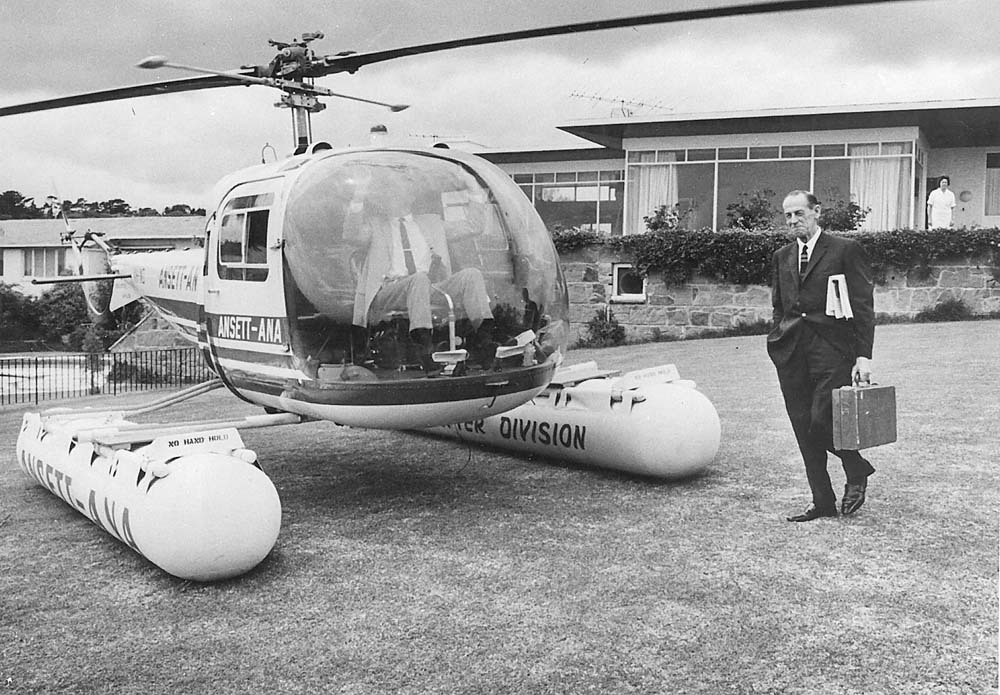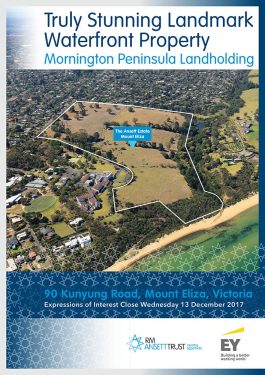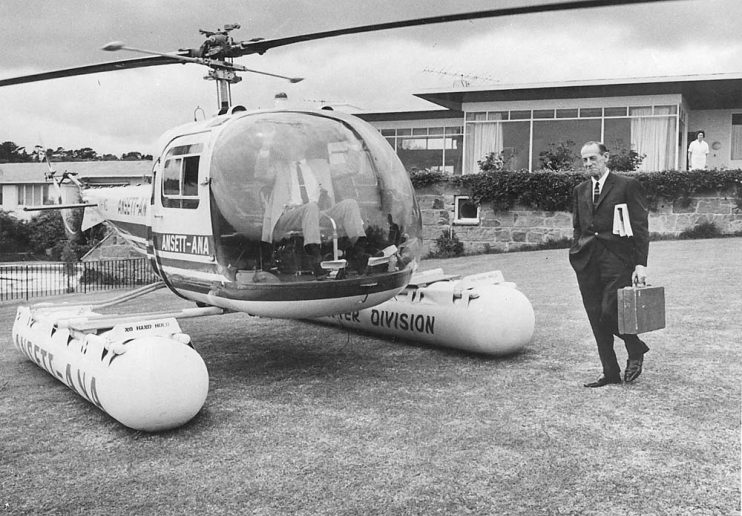
 THE sale of the final parcel of land held by the trustees of the late Sir Reginald Ansett estate in Mt Eliza next month is being described by the selling agents as having potential for “redevelopment and a range of uses”.
THE sale of the final parcel of land held by the trustees of the late Sir Reginald Ansett estate in Mt Eliza next month is being described by the selling agents as having potential for “redevelopment and a range of uses”.
That potential includes commercial uses, leisure, hospitality, healthcare, education and a clifftop dwelling, the brochure says.
While the future development of the 90 Kunyung Rd site is subject to approvals, any subdivision or overuse of the 22.3-hectare site next to the Urban Growth Boundary will generate angst among those determined to preserve its Green Wedge zoning.
Ernst and Young, acting for Equity Trustees which oversees the RM Ansett Trust, has organised an expressions-of-interest campaign closing on 13 December for the sale of the property which is expected to reap about $35 million.
The company says the sale of the predominantly rural land would allow the proceeds to be reinvested into income-producing assets earning the trustees a higher return for their charitable works.
The parcel of land is held in four separate titles. The agents say one option is for the buyer of the entire block to realign the boundaries so that the existing large parcel and three separate 500 square metre blocks could be more equitably divided into four blocks of five-and-a-half hectares each.
This would leave the Green Wedge intact, they say.
Equity Trustees managing director Mick O’Brien said: “Through the sale process we plan to release the value in the land and invest it back into the community. It is our responsibility as trustee to act according to Sir Reginald’s philanthropic intent, and to deliver the best outcome for his trust.”
The block has unobstructed Port Phillip Bay views, 100 metres of beach frontage and backs onto Kunyung Rd and Albatross Avenue at the rear.
The 22.3-hectare block is a separate tranche to the 11.7-hectare Gunyong Valley estate bought from the estate of the late Mrs Joan Ansett by retirement village owner Chas Jacobsen for $14.5 million in 2006.
Mornington Peninsula Shire has quashed any potential residential redevelopment plans.
The shire’s planning services executive manager David Bergin said the site could be used for a range of different uses, subject to planning permit approval, including a school, place of worship, single dwelling, caravan park, plant nursery or “a range of other similar uses”.
“You could use the land for agriculture without a planning permit and a few other land uses, subject to meeting strict conditions,” he said.
Mt Eliza Association for Environmental Care president Des Berry confirmed the land could not be subdivided for residential development.
“It is in the Green Wedge and any prospective buyers should carefully check the legal ramifications of any possible subdivision,” he said.
“We are an environment group and our aim is to protect the area’s significant native vegetation, especially along the foreshore.”
Mr Berry said his group doubted the land’s existing boundaries could be “realigned” as stated in the Ernst and Young brochure.
“We would fight any redevelopment,” he said.
Across Kunyung Rd, Ryman Health Care last year paid close to $40 million for the 8.9-hectare Moondah Estate. That waterfront property with a 42-room mansion built in 1888 was bought from the University of Melbourne, which still has six months left on a lease to run it as a business school.
A covenant restricts the Moondah Estate’s use to aged care, education, religious or primary production. It has a historic gatehouse, servants’ quarters, conference, training, meeting and office spaces and four dining areas.
Sale poses new threat to wedge, says MP
MORNINGTON MP David Morris said the proposed sale of the Ansett land meant the Mt Eliza Green Wedge was “once again under threat”.
“It is difficult to see how some of the potential uses proposed for the site could be undertaken without either a change to the Urban Growth Boundary, or a substantial redrafting of the Planning Statement and the Green Wedge Zone, or both,” he said.
“I wish to place on record my total opposition, and that of the state opposition, to any change
in the long-standing urban boundary south of Mt Eliza.
“The boundary has been in place for decades, and it has been understood by successive generations of peninsula residents that the location is permanent.
“I will not support movement of the boundary, or a weakening of the Green Wedge Zone, under any circumstances.”
Mr Morris said the zoning was intended, among other things, to “protect the character of open rural and scenic non-urban landscapes”.
“While some of the potential uses identified may be permitted under the planning scheme, they are usually required to be undertaken with agriculture or as part of a vineyard, not as a stand-alone use,” he said.
“The Mornington Peninsula Localised Planning Statement, introduced by the Napthine government in 2014, and still state policy, includes an objective intended to protect the peninsula’s landscape and cultural values.
“The policy states that areas of special character, beauty and significance, including areas of strategic importance necessary to maintain the sense of separation between townships, will be designated and protected.
“It states that the character of the peninsula’s rural area, rural landscapes, coastlines and seascapes will be protected.”




